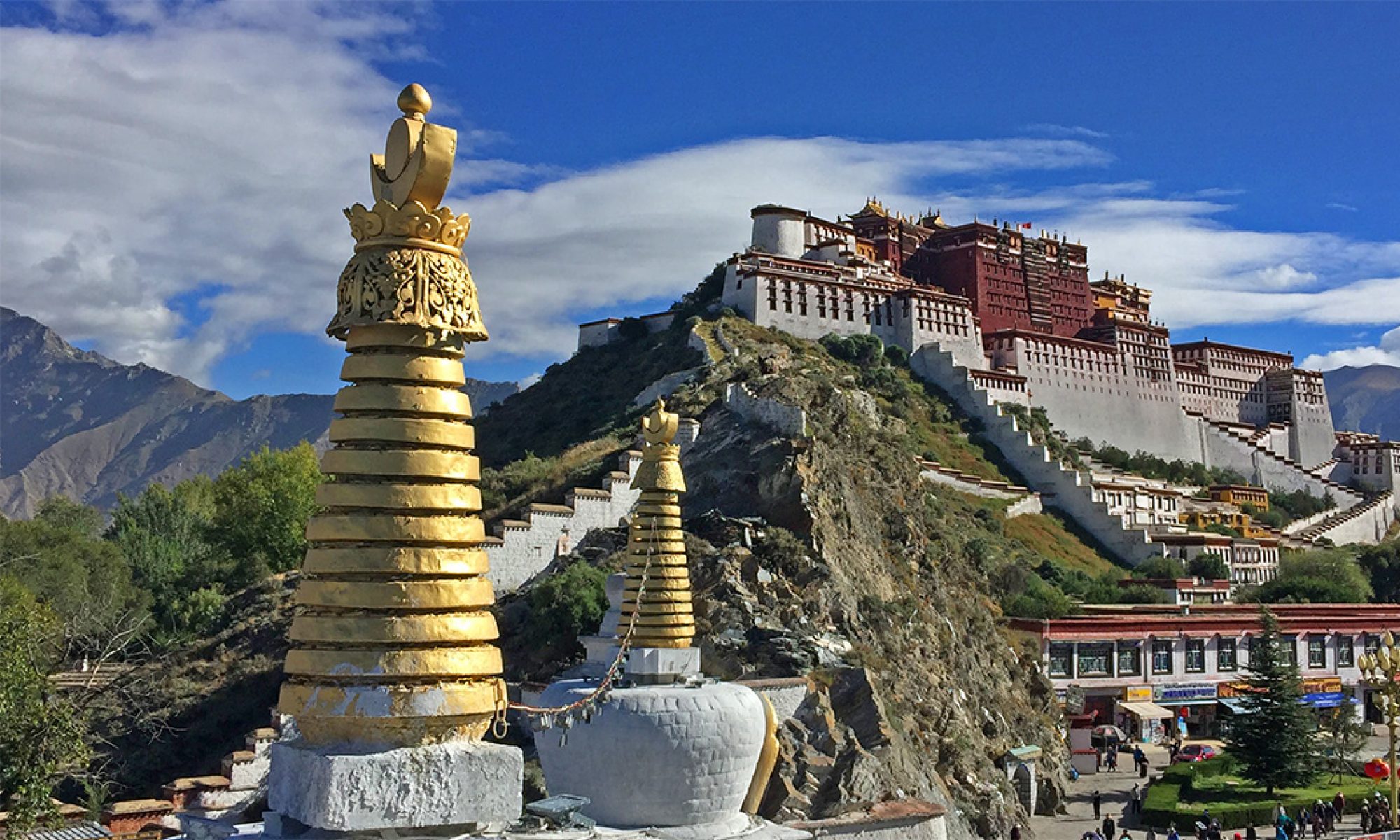Puning Si
One of the Eight Outer Temples at Qianlong’s Jehol complex, was built in 1755, in conjunction with the anticipated defeat of the Dzunghar Mongols. It was modeled on Samye (or on painted representations of Samye) the 8th Century Central Tibetan monastic site famed as the first Buddhist monastery built in Tibet. Puning si is one of three Jehol temples modeled on pre-existing Tibetan structures – Putuozongcheng miao is modeled on the Potala and Xumifushou is modeled on Tashilhunpo. The degree to which the temples in Jehol actually resembled the originals is subject to debate. It seems that the effort was not to exactly duplicate the Tibetan buildings, but rather to evoke an impression of these important and distinctive Tibetan Buddhist sites. Samye’s architecture incorporates Tibetan, Chinese, and Indian influences; each floor of the main temple is based on one of these distinct styles. The overall complex is said to be modeled after an eariler Indian Buddhist temple. The complex is made up of three concentric structures, housing various chapels with a statue of Shakyamuni occupying the central-most position. Samye is generally regarded as a mandala. Likewise, Puning si brings together various architectural and aesthetic styles, and its designers under Qianlong claimed that it too was a mandala-like structure based on the Indian original. Puning si’s main hall or Dasheng ge, houses a large statue of Avalokiteshvara in Shakyamuni’s stead and the overall structure of the buildings does not follow Samye’s model. The doors of Puning si display scroll motifs evocative of the Yuanming yuan style.
Link to 360 view of main image:
view from the first floor: link
view from the second floor: link
Sources:
Chayet, Anne. “Architectural Wonderland: An Empire of Fictions.” In James Millward, et al. eds. New Qing Imperial History: The Making of Inner Asian Empire at Qing Chengde. pp. 33-52. 20pp.
